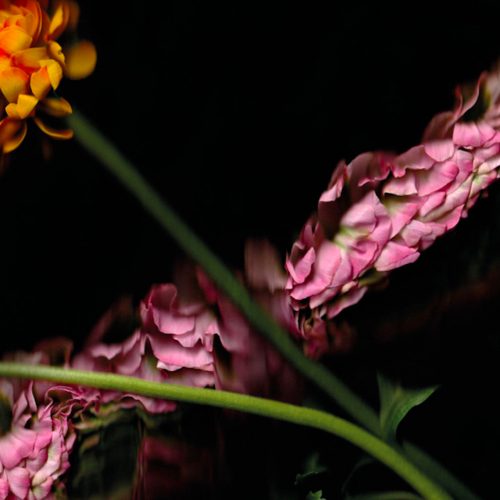One Small Step to Sustainability | 4 Accessible Japanese Making and Mending Methods
As we know, cravings for sustainable product alternatives are increasing rapidly. The brands that stay afloat are those that yield to this yearning, having cottoned onto the fact that shoppers are no longer satisfied with cheap and accessible products – we want cheap, accessible and eco-friendly. We are now being lured into stores with promises of organic, recycled, artisanal and locally-sourced materials, forgetting that brands are essentially built on consuming resources, not caring for them.
The truest form of “organic” production is where the material remains in the point of source, not stripped from it and sewn into a skirt. But we know this. We have a moral complex, we read the news. We just need a new white V-neck by tomorrow and there’s a Zara sale on nearby and honestly, the yellow-tinged tops in the local Oxfam just don’t cut it.
The transition from consuming to reusing isn’t easy for anyone, especially when fast production brands are now accessible both from our doorsteps and on our doorsteps. In comes the old-school approach of making and mending your own products. We may have forgotten the term ‘make do and mend’, but it is making a comeback. And despite contrary belief, you don’t need to be aged 60+, wearing half-crescent glasses or an owner half a dozen cats to do it.
With the COVID-19 spreading throughout most of the countries of the world and forcing us to stay home, now is the perfect time to celebrate and raise awareness of Japan’s ancient making and mending methods, which still remain figureheads of the sustainability leader board. These techniques originated from times of poverty and were designed to, first and foremost, sustain items for as long as possible. They derive from the ancient Japanese philosophy of ‘wabi-sabi’, an appreciation of beauty within imperfection - so basically if you slip up, you’re covered at all angles. The following four techniques will enable you to take small steps towards sustainability by holding onto your belongings a little longer, refashioning them or remaking them into something durable and practical. You don’t have to be a sewing aficionado to learn how to sashiko stitch, nor do you have to refrain from buying new products forever more - yet.
Sashiko Stitching
The literal translation of Sashiko is “little stabs”. It is a form of visible mending used on textiles, traditionally carried using white cotton thread on indigo fabric. This patching technique is a clever cover-up for those who lack sewing skills: the Japanese philosophy of appreciating objects’ flaws
What you need: needle, thread, pins, scissors, fabric for patching
How to sashiko stitch: step-by-step guide
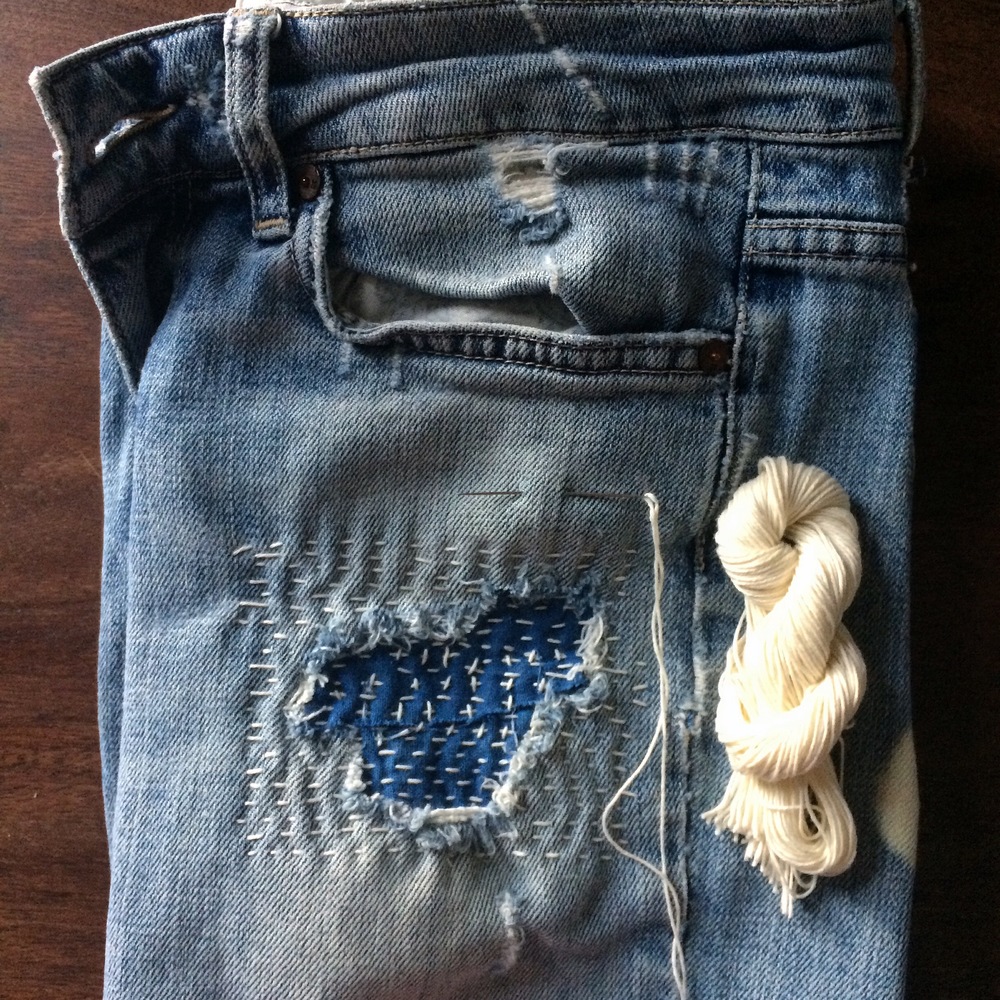
Furoshiki Carrying Cloths
Originally used to “carry items to the public bath house and then used as a kind of bath mat” these reusable carrying cloths have been used for centuries to help transport and wrap goods. They are more relevant than ever today, making brilliant substitutes for plastic bags or wrapping paper. As long as it is large enough to comfortably hold items and is evenly shaped, you can make your cloth using any old fabric.
What you need: large, square-shaped fabric
Wrapping using your furoshiki cloth: step-by-step guide
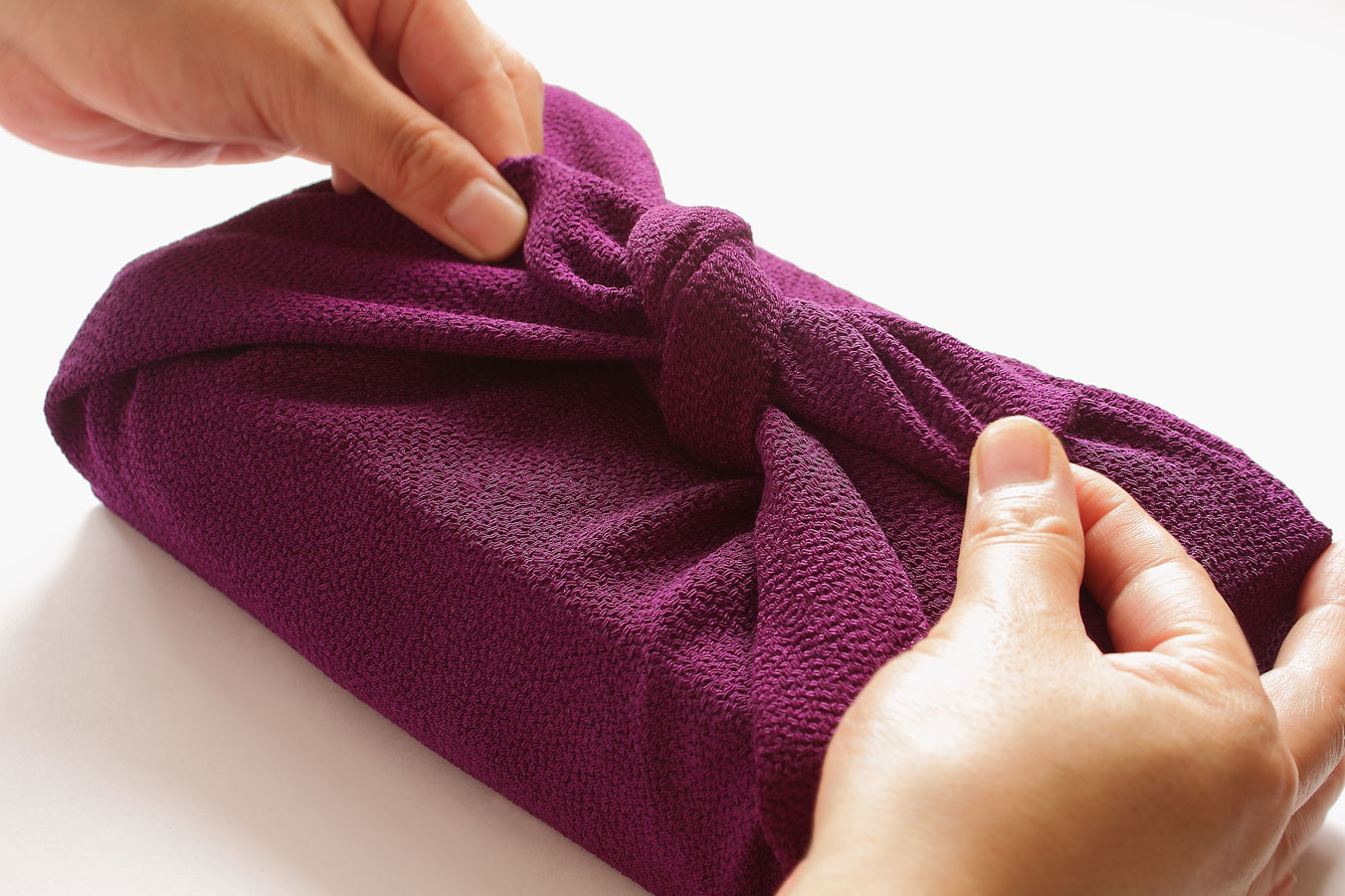
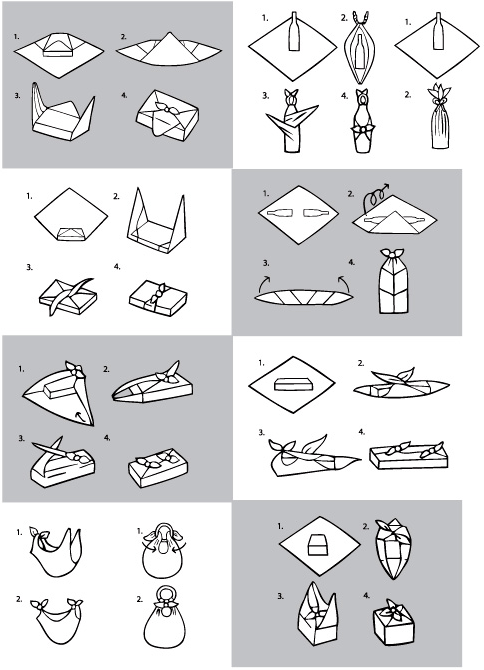
Kintsugi Visible Mending
Kintsugi, which translates as “golden repair” is a visible mending technique used for broken crockery, ceramics or pottery. Broken fragments are glued back together using a metallic lacquer, transforming the breakage into a beautiful piece of art.
What you need: porcelain/ceramic piece (refrain from using clay or glass), 5-minute epoxy, glue spreader, plastic Tupperware, an old pillow case, liquid gold leaf, small art brush, protective gloves, razor blades/box cutters
How to use Kintsugi: step-by-step guide
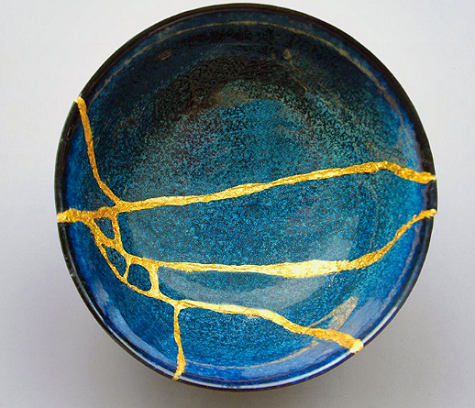
Indigo Dyeing
Native to India, this blue pigment has been used to dye textiles for thousands of years in much of Asia, including China, Japan and South East Asian countries. It is now used to dye everything from jeans to t-shirts, and is easily accessible to use for modifying old, dull pieces. The products required for the dyeing process can be found online or in hardware stores. Once you know how to use the indigo-dyeing process, it can be combined with other techniques such as shibori.
What you need: natural dried indigo powder, lidded jar/bottle, large lidded bucket, protective gloves, colour remover, sodium carbonate
How to indigo-dye: step-by-step guide
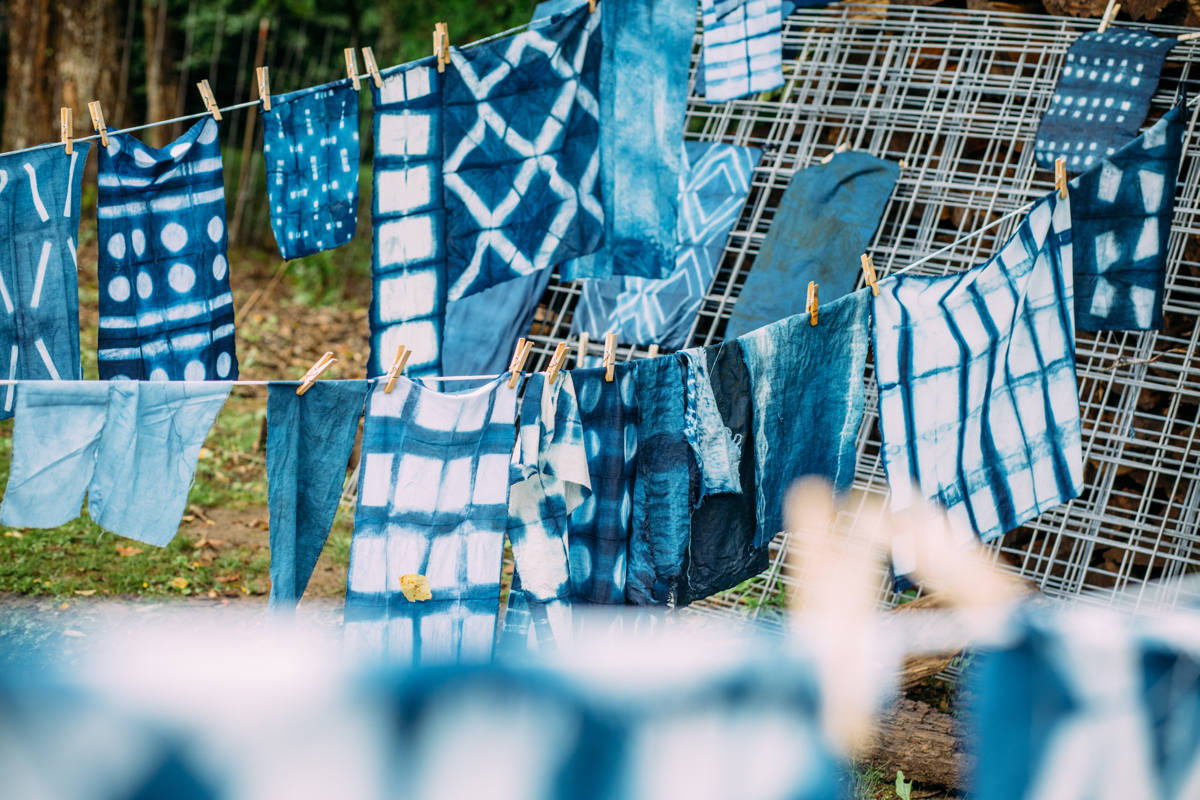

Cressi Sowerbutts is a fashion communication student based in London and Norwich. Passionate about sustainability and fashion, she aims to fuse the two in highlighting that you can simultaneously celebrate both fashion and the environment.
Instagram: @cressiclaire



